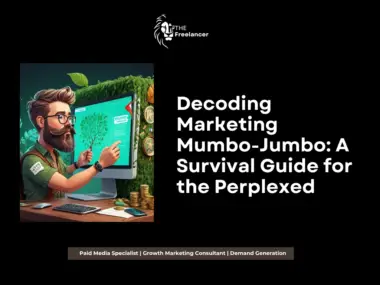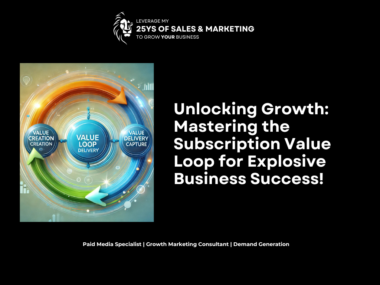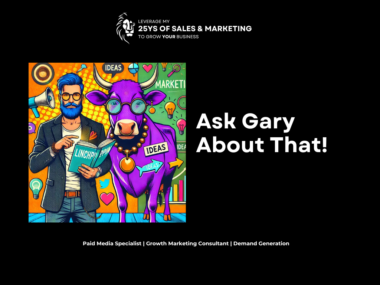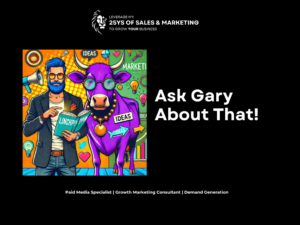Introduction: The Challenge of Marketing a Chiropractic Practice
If you’re a chiropractor, you already know that running a practice isn’t just about helping patients feel better—it’s also about getting new patients through the door.
Word of mouth and referrals can certainly help, but in today’s digital age, online advertising plays a crucial role in sustaining and growing your business. The real question is: Where should you invest your marketing budget?
Many chiropractors wrestle with whether they should run ads on Google Search or Facebook (including Instagram). Both platforms have their advantages, but when it comes to getting immediate, measurable results that directly translate into booked appointments, Google Search Ads consistently outperform Facebook Ads.
Why? Because intent matters.
Think about how people behave when they need a chiropractor. If someone wakes up with terrible lower back pain, they don’t scroll through Facebook hoping to stumble across a chiropractic clinic’s ad.
Instead, they go straight to Google and search for solutions.
- “Best chiropractor near me”
- “Emergency chiropractor [city]”
- “Back pain treatment”
- “Neck pain relief near me”
That’s high-intent traffic—people actively looking for a chiropractor, right now.
Google Search Ads allow you to put your practice at the top of the search results when someone types in these queries. This means your ad is seen by people who are already primed to book an appointment.
In contrast, Facebook and Instagram ads are interruption-based marketing. You’re putting your ad in front of people who may not have any immediate need for chiropractic care, hoping to capture their attention in the middle of their social media browsing.
While Facebook can still be a useful tool in a chiropractor’s marketing strategy, I strongly recommend that most chiropractors start with Google Search Ads first.
In this guide, I’ll walk you through the key differences between these platforms, their pros and cons, and why spending as little as £33 per day (£1,000 per month) on Google Ads can pay for itself over and over again.
The Power of Intent: Why Google Search Ads Work for Chiropractors
Understanding the Buyer’s Journey in Healthcare
Marketing professionals often talk about the buyer’s journey, which typically has three stages:
- Awareness – The potential client realises they have a problem (e.g., chronic back pain, a stiff neck, or discomfort from sitting too long).
- Consideration – They start researching solutions (e.g., home remedies, stretches, massage therapy, and chiropractic treatment).
- Decision – They decide to book an appointment with a chiropractor.
Google Search Ads allow you to skip straight to the Decision phase. You’re reaching people who are already looking for a chiropractor, meaning they are much more likely to book an appointment.
The Case of Dr. James: A Real-World Example
Let me introduce you to a chiropractor I worked with, whom I’ll call Dr. James.
Dr. James had been relying mostly on word-of-mouth referrals for years. He was hesitant to invest in paid advertising because he wasn’t sure whether it would work. He’d also heard mixed reviews about Facebook Ads from other business owners.
When I suggested Google Search Ads, he had doubts:
- “Will people actually click on my ad?”
- “Won’t I just be wasting money on clicks that don’t turn into appointments?”
- “Isn’t this too expensive for a small clinic like mine?”
I explained that with the right targeting, even a small £33/day budget could generate highly qualified leads that would turn into paying clients.
We set up a simple Google Ads campaign targeting keywords like:
- “Chiropractor near me”
- “Chiropractor in [city]”
- “Back pain treatment”
- “Emergency chiropractor appointment”
Within the first month, he booked six new patients.
Each patient booked multiple sessions, and one of them became a long-term client, returning for six additional treatments. That one patient alone completely paid for the ad spend.
Even better? That same client referred a family member, who also booked an appointment. His £1,000 advertising budget had already doubled its return.
This is why I emphasise Google Search Ads over Facebook Ads for chiropractors.
Facebook Ads: Why It’s a Tougher Sell for Chiropractors
Now, let’s talk about Facebook Ads.
Facebook and Instagram ads work differently from Google Search Ads. They are interruption-based marketing.
Instead of targeting people who are actively looking for a chiropractor, you’re hoping to catch their attention while they’re browsing social media.
This means:
- Many people who see your ad aren’t in pain right now and have no reason to book an appointment.
- You need compelling ad creatives and messaging to make them stop scrolling and pay attention.
- You may need to offer a discount or free consultation to entice them to take action.
When Facebook Ads Might Work for Chiropractors
That being said, Facebook Ads can be useful for chiropractors in certain situations:
- Brand Awareness – If you’re new in town or expanding your practice, Facebook can keep your name top of mind.
- Retargeting Past Visitors – If someone visited your website but didn’t book, you can remind them with an ad.
- Promotions & Special Offers – If you’re offering a free consultation, Facebook Ads can help spread the word.
But in general, Facebook Ads take longer to work and require a larger budget compared to Google Search Ads.
Google Search Ads: The Best ROI for Chiropractors
Why Google Ads Pay for Themselves
Let’s go back to the math.
If you spend £1,000 per month on Google Search Ads and acquire just one client who books multiple visits, you’ve already covered your cost.
If that client refers a friend or family member, your return doubles.
For many chiropractors I’ve worked with, the real “aha” moment comes when they realize they’re not just paying for an ad—they’re investing in an ongoing revenue stream.
A single repeat patient means:
- Multiple appointments over time
- Potential referrals to family and friends
- A steady stream of income from one initial ad click
What Makes Google Ads So Effective?
- You’re Reaching People at the Right Moment – Your ad appears when someone needs a chiropractor right now.
- Easy Tracking & Measurable ROI – You can track how many leads came from your ads and adjust accordingly.
- Predictable, Scalable Results – Once you find a winning campaign, you can scale it up to generate more clients consistently.
Conclusion: Where Should Chiropractors Invest Their Marketing Budget?
If you’re a chiropractor trying to grow your practice, my advice is simple:
Start with Google Search Ads.
It’s the fastest, most reliable way to attract high-quality leads who are actively searching for your services.
Once you’re getting steady appointments from Google, you can experiment with Facebook Ads for brand awareness and retargeting.
But if you need immediate, trackable results?
Google Search Ads are your best bet.
Would you like help setting up a campaign? Let’s talk. I’ve worked with chiropractors who turned a small ad budget into sustainable business growth. You can do the same. OR I’ve included a step-by-step guide to get you started below.
A Step-by-Step Guide to Setting Up Google Search Ads for Chiropractors
Step 1: Keyword Research
Start by researching the most relevant keywords that potential patients are searching for. Tools like Google Keyword Planner, Ahrefs, or SEMrush can help identify terms such as:
- “Chiropractor near me”
- “Back pain relief”
- “Spinal adjustment in [city]”
Focusing on local keywords will ensure you attract patients in your area.
Step 2: Creating Effective Ad Copy
Your ad should clearly convey your unique value proposition. A good Google Search Ad might look like:
Headline: Expert Chiropractor | Back Pain Relief Today Description: Same-day appointments available. Experienced chiropractic care for pain relief and mobility. Call now!
Step 3: Setting Up Landing Pages
Rather than sending users to your homepage, create dedicated landing pages optimised for conversions. Include:
- A clear Call-to-Action (CTA) like “Book Your First Appointment Today”
- Testimonials from satisfied patients
- A simple booking form
Step 4: Bidding Strategy and Budgeting
Start with a modest budget of £33/day (£1,000/month) and monitor performance. Use Maximise Conversions or Manual CPC bidding strategies to optimize costs.
Step 5: Tracking and Optimisation
Use Google Analytics and Google Ads conversion tracking to measure how many leads come from your campaigns. Adjust keyword bids and ad copy based on performance.










